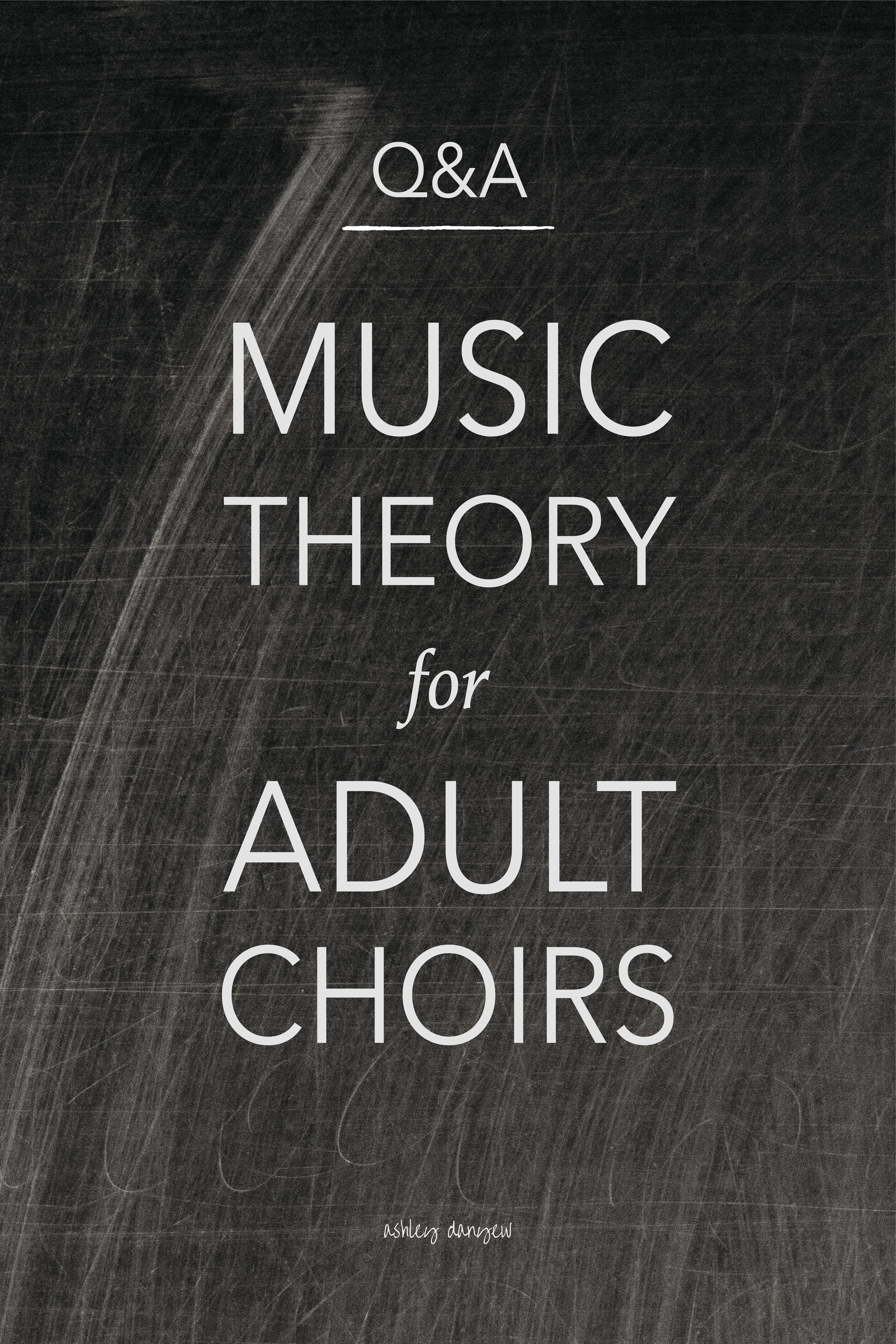Whenever I think of vowels, I think of this scene from Singin' in the Rain:
Any other Singin' in the Rain fans out there?
All jest aside, vowels are a vital component of the English language—spoken and sung. You probably talk a lot about consonants with your choir, particularly with words like "land" or "bread" or "heart" that have strong beginning and/or ending consonants.
But, what about vowels? How do you talk about them?
If you studied voice or have read up on vowel production, you may know the difference between pre-, post-, and medio-palatal regions. If not, the subtleties of vowel production, tongue placement, tone, and IPA symbols may be a little more vague and mysterious.
And when it comes to talking about these things with your choir? Well, you can imagine how that might go (and all the jokes the basses will make).
But, no matter your background or the level of your choir, vowels are a significant and vital part of choral-singing. In fact, "Vowels are just as important for intelligibility as are consonants." (source)
This is a 2-part series on vowels: In Part I, we’ll talk about vowel production, vowel placement, tone, and diphthongs and triphthongs. In Part II, I'll share some of the most common "problem vowels" and helpful strategies for fixing them.
Vowel Production
"Good vowel production is the essence of creating beautiful sound." (source)
Here’s the most basic way to explain vowel production in singing:
Vowels are formed in the front of the mouth. The lips and middle of the tongue form each vowel, with the tip of the tongue resting behind the lower front teeth. (source)
Try it. Pick a note and sing each pure vowel:
[e] as in "name"
[i] as in "meet"
[a] as in "father"
[o] as in "bone"
[u] as in "boot"
Keep the tip of your tongue behind your lower front teeth. Focus on the middle of your tongue and the shape of your lips and how they change for each sound.
Vowel Placement
Vowels are often divided into different groups:
Horizontal tongue placement: front, back, and central (source)
Vertical tongue placement: close (as in close to the roof of your mouth), open (as far from roof of mouth as possible), or somewhere in between. For more on tongue height, see this article.
Each vowel sound has one of each: horizontal + vertical. For example, [a] like "father" is back + open; [e] like "name" is front + close-mid. Here is a helpful chart (with sound clips!).
Here’s a quick look at placement for the five pure vowel sounds we looked at a minute ago:
Tone
Like our voices, vowels can be bright, dark, or somewhere in between. Learning how to modify vowels on this bright-dark spectrum is important when singing in a group, creating a unified sound, and working on different styles of music.
Use the vocal production described above. To darken a vowel, increase the space inside the mouth. Avoid pushing the soft palate down (the soft tissue behind the roof of your mouth) or flattening out the back of the tongue (source). To brighten, bring the sound forward in the mouth.
Diphthongs + Triphthongs
Now that you've mastered pure vowel sounds, let's talk about something a little more complicated: diphthongs.
A diphthong is two adjacent vowel sounds that occur in one syllable, such as "out" [ah-oo-t]. A triphthong is three adjacent vowel sounds that occur in a single syllable, such as "hour" [ah-oo-uh/r]. (source)
A general rule of thumb when singing diphthongs or triphthongs is to sustain the first vowel sound and group remaining vowel sounds and ending consonants together.
I like quizzing choir members on this: "Which vowel should we sustain in the word 'house' or 'boat' or 'ground'?"
How to Introduce Vowels to Your Choir
The best time to talk about vowels with your choir is during warm-ups.
Choose an exercise based solely on vowel sounds so your choir has an opportunity to practice singing each vowel in isolation, listen to each other, and focus on the subtle differences in production. Here’s a list of warm-ups to help you get started.
Alternatively, look for challenging spots in your anthems or pieces—vowel sounds or specific words or stepwise motion or phrasing—and work on them together (out of context) during warm-ups.
*Note: Your choir doesn't need to know they're working on something from one of your anthems. In fact, it's probably better if they don't—they'll just be tempted to take out their music! Make it a surprise for later.
Then, find as many ways as possible to connect back to warm-ups during your rehearsal.
When you get to a particular anthem in rehearsal, remind the choir about the work you did during warm-ups. Surprise! I guarantee they'll sing it differently and with more intention than they would otherwise. I'm always surprised by how much this helps!
Another way to introduce pure vowels is to sing through a new piece on a neutral syllable ("oo," "oh," and "ah" work best; try "noo," "loo," "noh," "mah," or "pah"). Polish that vowel before switching to text. Return to a neutral syllable as needed throughout the rehearsal process.
Read Part II of this series here—all about addressing problem vowels and ways to fix them.
Develop the practical skills you need to lead and teach your choir with creativity and confidence.
Join me inside Music Education and Leadership Skills for the Adult Choir Director, an online mini course for church musicians.
Packed with practical tools, resources, and strategies you can use right away, you’ll learn the basics of how adults learn, how to teach vocal technique and choral methods, develop sight-reading skills, choose music, and plan rehearsals.








































